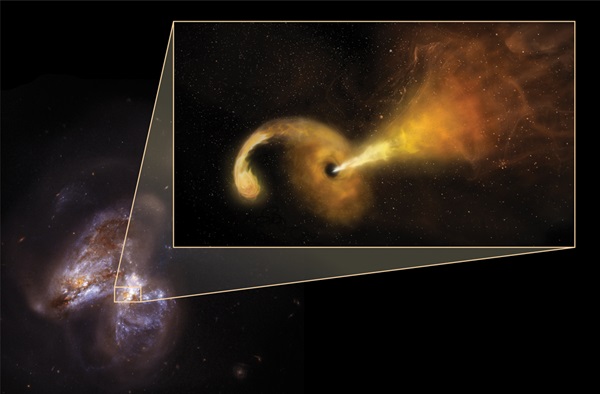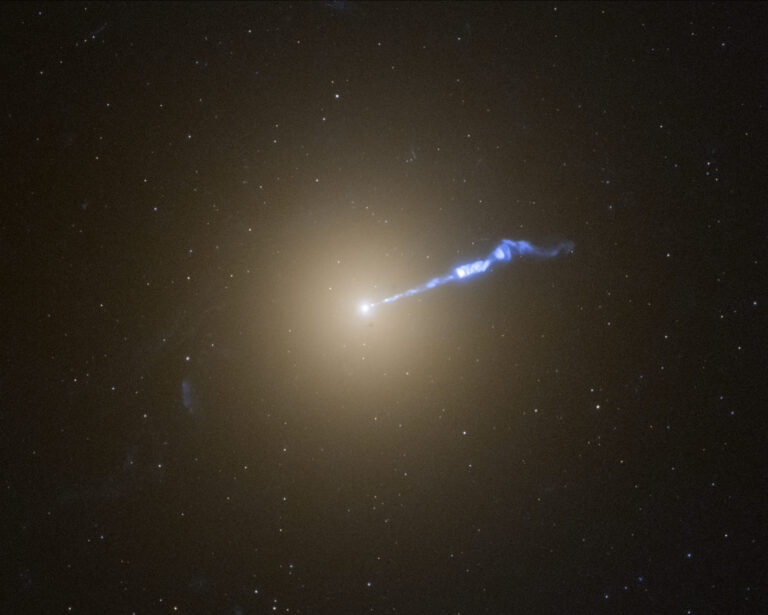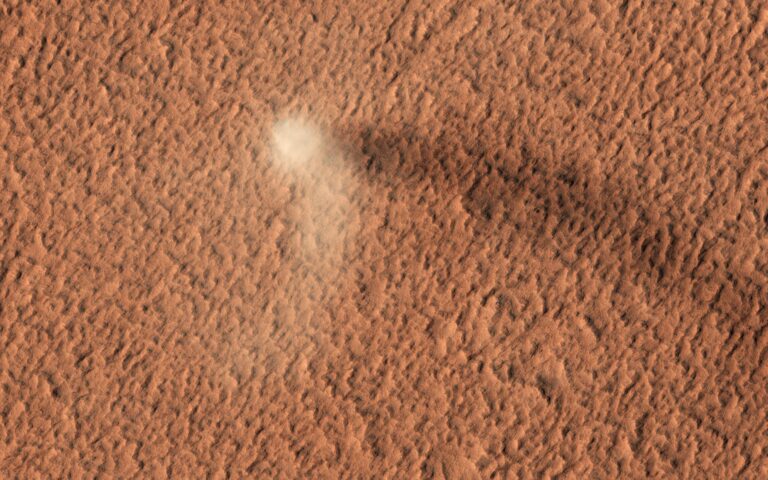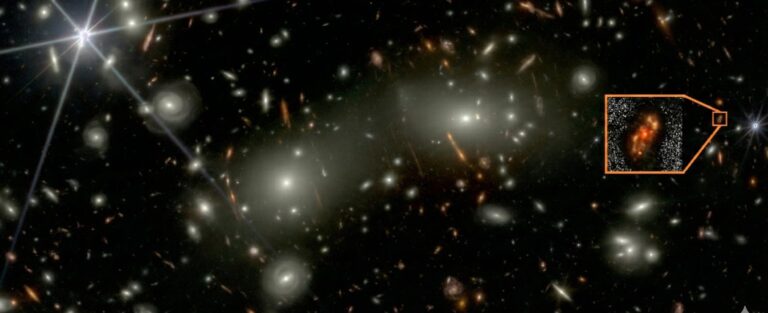Key Takeaways:
A new paper in Science describes how they nabbed photographic evidence that a supermassive black hole in a relatively nearby galaxy tore apart and consumed part of a star in a phenomenon called a tidal disruption event (TDE), spewing jets of material in the process. Scientists have observed these cosmic crime scenes before, but this was the first time anyone managed to get such detailed images of the jets and their changing structure over time.
Scene of the Crime
At the ends of their natural lives, stars more massive than our sun explode as supernovae. Astronomers who study supernovae, like Mattila and Pérez-Torres, rely on catching these stellar fireworks by chance, but they can stack the odds in their favor by monitoring starburst galaxies, full of young, massive stars that could go supernova at any moment. Though a typical galaxy like our own Milky Way may only experience one supernova every 50-100 years, a starburst galaxy may get one every 3-4 years.
“One of the reasons to study these galaxies is because of course we didn’t want to wait a hundred years,” chuckled Pérez-Torres of the Instituto de Astrofísica de Andalucía in Granada, Spain. “We will not live enough.”
Following the Clues
It was in one of these starburst galaxies that the pair found the grisly murder scene — though not together. In January 2005, astronomer Mattila of the University of Turku in Finland found a bright flash of infrared light in the galaxy collision named Arp 299, some 146 million light-years away. The infrared source was near the center of one of the galaxies, which harbors a thick ring of dust around a supermassive black hole. He wasn’t sure what it was but wanted to find out.
Later that year, Pérez-Torres found a bright source of radio light at the same location while conducting a separate study on supernovae. When he came across one of Mattila’s papers, he realized that they were looking for the same objects, but with complementary areas of expertise. He reached out, and the two joined forces to investigate the source of this bright emission, leading a team of over thirty scientists.
By observing the object over the course of 10 years, the team found that the source of the radio emission, which started as a bright blob, extended into a jet-like structure, moving close to the speed of light. These clues pointed not to a supernova, which would emit light in all directions, but to a TDE, which can churn out jets of material at relativistic speeds.
A relativistic jet expands outward in this animated GIF of radio images of the tidal disruption event taken over the span of 10 years. The two panels show images obtained at different frequencies by a global network of radio telescopes.
Mattila, Pérez-Torres, et al.; Bill Saxton, NRAO/AUI/NSF
Mattila and Pérez-Torres had hit the jackpot. These events may be about 100-1000 times rarer than supernovae, and surveys for finding them typically need to observe an extremely large number of galaxies just to detect one. “We should feel very lucky that nature actually provided us such an event to witness,” said Mattila.
Special Event
Though this wasn’t the first time astronomers saw jets from TDEs, it is the first time they were close enough to get in-depth images and study the structure of the jet itself. This event could be the first TDE seen in a galaxy whose supermassive black hole is actively feeding from a disk of material already; this particular star-gobbling event is a cherry on top. In the past, astronomers have found galaxies with relatively tame central black holes.
“That’s what’s special about this event,” said Brian Metzger, a theoretical astrophysicist at Columbia University who was not involved in this research, “partially that it’s very close, and partially that it shows that these jetted TDEs can happen in a range of different environments.”
Stellar murders can happen anywhere, it turns out, just like the human kind. With this mystery in the bag, astronomers are one step closer to understanding the violent behavior of black holes.
This article originally appeared on discovermagazine.com.










